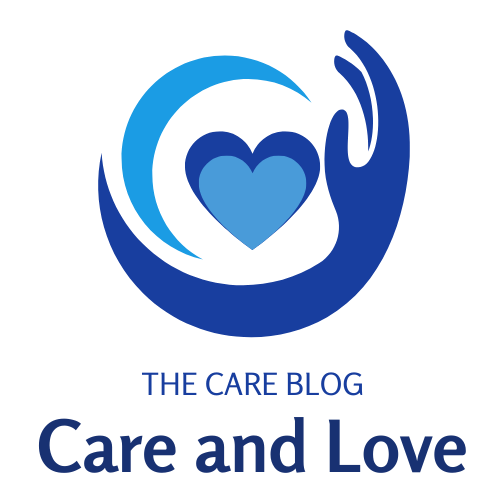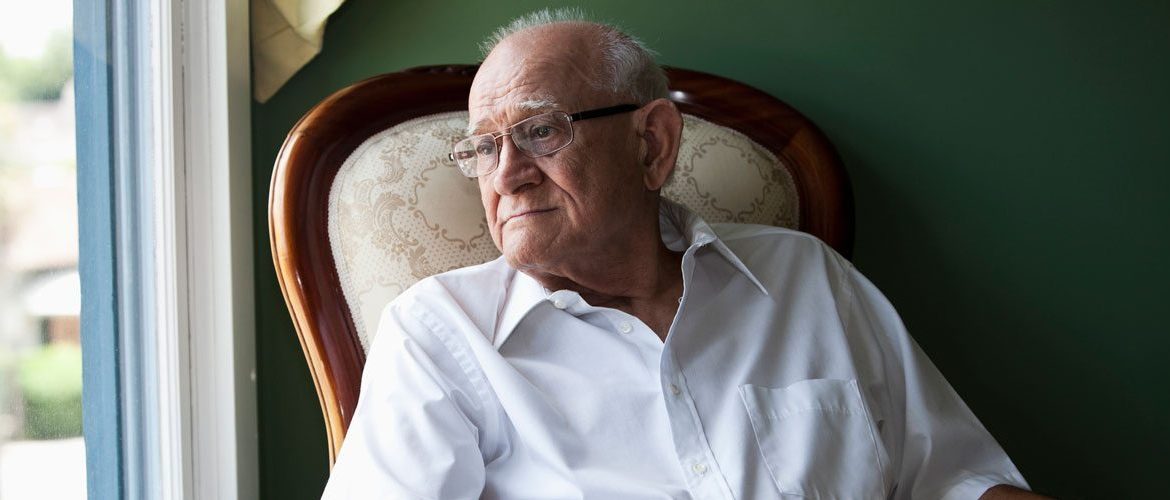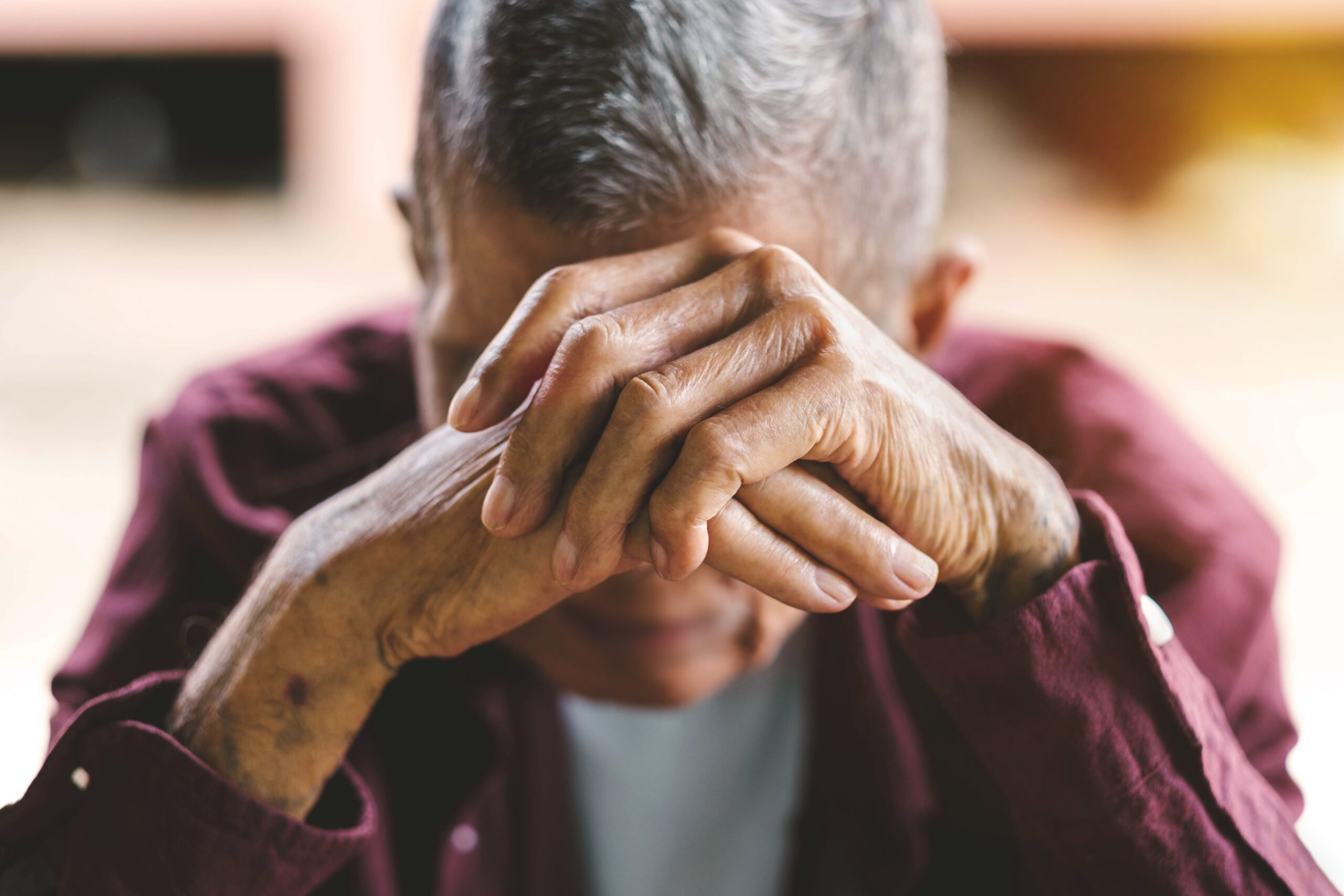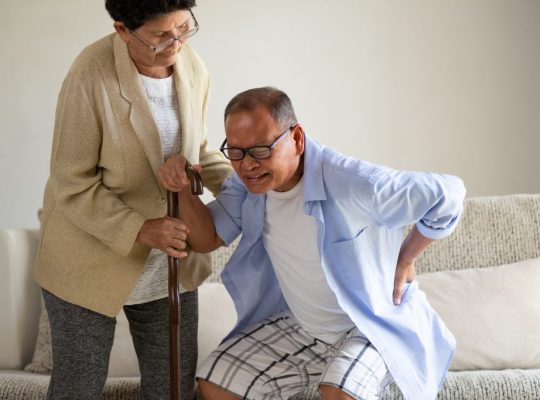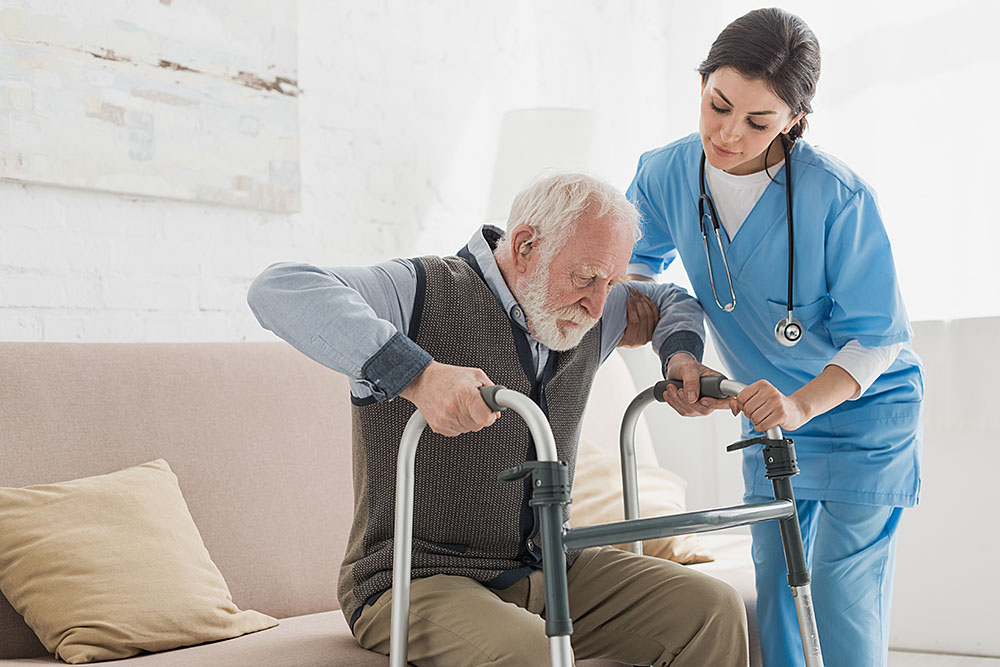Around the world a large number of the population suffer from anxiety and/or depression. In addition, the incidence of both disorders is higher in women than in men. Neglecting these disorders has been shown to trigger the development of depressive anxiety disorders in older people.
It is estimated that one in four older people suffers from depression, usually caused by feelings of loneliness. It is important to recognise the symptoms so that the person can be treated promptly by psychologists.
Definition of Anxiety-Depressive Disorder
According to the WHO, it is estimated that between 20 and 25% of the population will suffer from an anxiety-depressive disorder during their lifetime. In fact, the Spanish Association of Private Psychiatry has found that approximately 30% of primary care consultations are due to mental disorders. This means that the incidence of mental illness is a major problem in our society.
Anxiety-depressive disorder is the combination of symptoms of both anxiety and depression. As neither is predominant, a separate diagnosis is not justified and treatment must be designed and carried out without forgetting the other. This mental illness causes emotional distress in the sufferer.
Anxiety-depressive disorder is characterised by the presence of both depression and anxiety, but not severe enough to be treated separately. For a diagnosis to be made, it is important that the symptoms last for a fortnight or a month.
Anxiety disorders have been found to be one of the most common problems, followed by depressive disorders. In addition, a situation of prolonged anxiety can usually lead to depression. The reverse is also true: if a person shows signs of depression over a long period of time, he or she may also show symptoms of anxiety.
Experts agree that the causes of depressive anxiety disorder can be
– Biological, where there is an imbalance of certain neurotransmitters.
– Environmental: A person’s environment can influence the onset of depression or anxiety. For example, a busy life, pressure at work and other situations can cause these symptoms.
– Psychological: Having symptoms of depression or anxiety and not treating them in time can trigger the onset of the other, as the two feed off each other.
Commonalities and Differences Between Anxiety and Depression
Anxiety and depression have similar symptoms and can be confused when they occur. Therefore, a psychologist will look at the individual case to determine whether it is an anxiety-depression disorder or not.
Common Symptoms of Anxiety and Depression
Emotional pain: Both create a lot of feelings and irritability, guilt and low mood.
Low self-esteem leads to feelings of helplessness and a sense of not being able to cope with life.
Differences Between the Two Conditions
– Asthenia, or lack of energy, is very typical of depressive disorders and does not usually occur in anxious people.
– Hyperactivation, which is very typical of anxiety because it causes people to constantly prepare for possible things that might happen in the future.
Risk Factors for Anxiety Disorders
The following are risk factors that can trigger an anxiety-depressive disorder:
– Family history
– Women are more likely to have mental health problems
– Loneliness
– A serious illness
– Low self-esteem
– A history of trauma or stress
– People with a tendency towards pessimism or addiction
Symptoms of Anxious Depressive Disorder
From the “Diagnostic and Statistical Manual of Mental Disorders” a system has been created to diagnose this type of psychological disorder. Therefore, the specialist will look, first of all, if he shows persistent depressive and anxious symptoms and has a recurrent dysphoric mood for at least a month accompanied by:
• Problems concentrating, memory difficulties, sleep disturbances, fatigue or lack of energy (asthenia).
• Anhedonia or lack of energy.
• irritable state.
• Constant attention to possible dangers (hypervigilance).
• This low self-esteem, hopelessness, pessimism, easy crying and feeling of uselessness.
• Tremors may appear.
• palpitations.
• Dizziness.
• Loss of libido.
• low mood
• Loss of interest or ability to enjoy.
What Happens When Anxiety and Depression Come Together?
Anxious-depressive disorder is characterized by the presence of both symptoms, but with less intensity than if they appear individually. So, patients show the following symptoms:
• Less anxiety is detected than in generalized anxiety.
• Less depression than they normally present.
• There is also not as much physiological activation with people with panic disorder.
• Other symptoms such as lack of concentration, difficulties sleeping and low self-esteem occur more frequently.
It is important that mental health problems are diagnosed on time, because, in the case of depressive anxious disorder, it usually appears when there is a late diagnosis. Many people who constantly live with anxiety disorders do not consider that they need the help of a professional to get through this moment.
